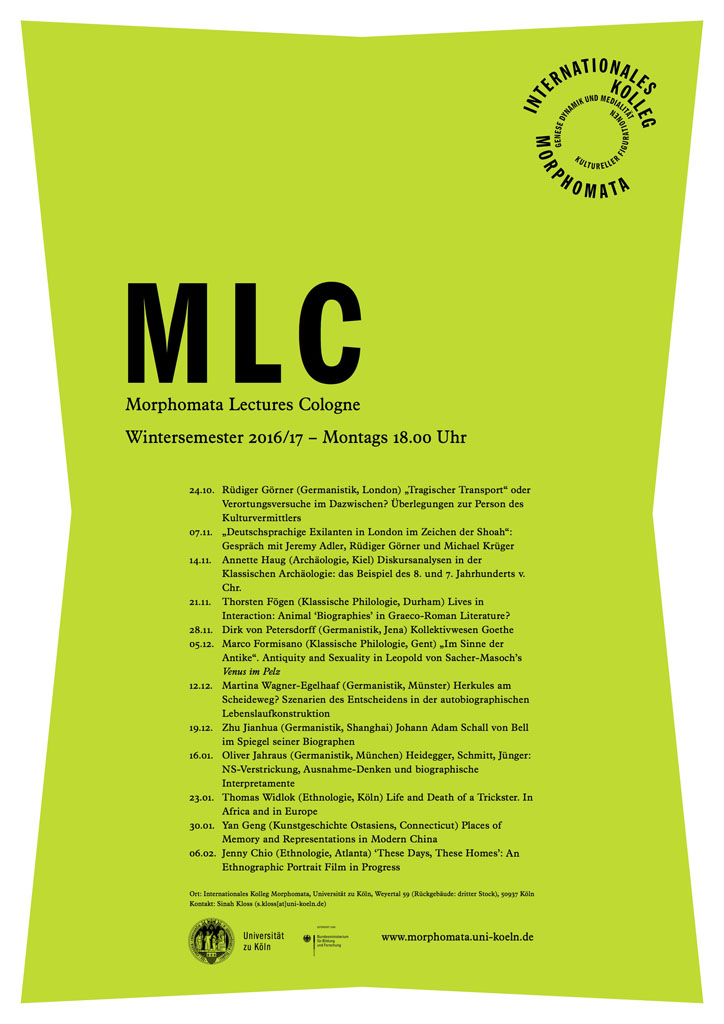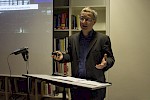Modernity is often said to be the age of rapid change and of continual transition. However, in the human repertoire of creative ideas "tricksters", the shape-shifters par excellence, are a very old and extremely widespread figure. They are often ambiguous or even contradictory in their identity and character, they may take on human or animal shape, they play tricks on others but also get tricked themselves. They are being invoked as figures that invert the established order, move boundaries and re-arrange the order of things more generally. They appear to be the narrative equivalent of rites of rebellion and inversion. Being complex figures they have provoked debates among anthropologist and others as to whether being tricksterisch is a human universal or whether it is better to think of it as a diverse array of related but distinct cultural phenomena. In this paper I summarize attempts to provide a definition that would allow a comparative perspective on tricksters. I suggest that incorporating trickster narratives can broaden the view on biography and portrait that are dominant in literate societies by taking ambivalence and continual shape-shifting as a point of departure, instead of stability, singular identity and coherence.
I present ethnographic material of trickster storytelling as it is currently performed in Africa and compare it to tricksters that are found in modern literature. Examples are taken from early modern literature in Germany, specifically H.J.C. von Grimmelshausen's "Simplicissimus" and from contemporary African literature, specifically I. K. Bofane's "Mathémathiques congolaises". The paper also addresses three further questions, namely: Who is the trickster, figure or author? What is special about tricksters in the morphomatic world? And: If tricksters constantly shift, what is their relation to death and finiteness?
Response: M. Dores Cruz (Denver/Cologne)

